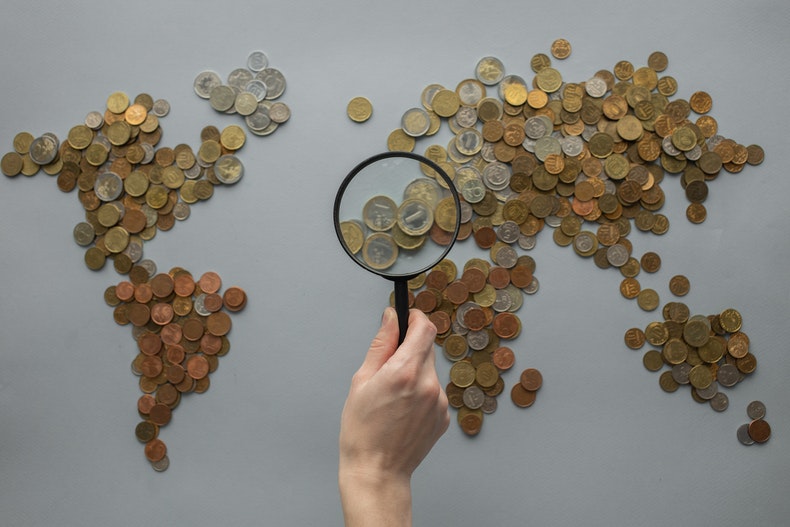Why does Tether Stay at 1 dollar?
Tether is a cryptocurrency that stays consistent in pricing, with costs never straying too far from $1. When compared to other cryptocurrencies, it won’t take much to wonder why one currency can remain stable while others rise or fall by 30% or more in a given day. For this reason, it can be hard for investors to store value in their digital assets, which in part is where Tether comes in.
BitFinex initially developed the cryptocurrency Tether, using the USDT symbol. As a stablecoin, a 1-to-1 ratio anchors or “tethers” the price of Tether to a real-world currency. Therefore, while their behavior is similar to other digital currencies, the pricing of Tether remains fairly consistent. Tether represents what is known as a fiat-backed cryptocurrency, a stablecoin backed by a fiat currency like the euro, the yen, or the U.S. dollar. These tokens make up just one type of the types of stablecoins available to the public today. Other well-known stablecoin types include crypto-backed or commodity-backed coins, among the most used being gold backed crypto. In practice, the different backing of these coins may alter their operation. However, they also share a commonality in their purpose of retaining stable prices.
Stablecoins stability
Does Tether’s price ever stray from 1 dollar? The answer is that it depends. Stablecoins will only ever be as stable as their underlying asset, which may vary. Fiat currencies, cryptocurrency, and precious metals all fluctuate in value, although some more than others. In addition to fluctuations from the assets, stablecoins may also deviate slightly from their underlying asset based on their trading volumes. Therefore, while Tether won’t always perfectly sit at 1 dollar, the price will be significantly more predictable than other cryptocurrencies.
As Tether mints each coin, they simultaneously distribute U.S. dollars in the same amount to Tether’s reserves. Therefore, one issued token is 1 dollar in the reserves. This practice helps to ensure that the amount of Tether tokens in circulation have backings of cash or equivalents like treasury bills or fiduciary deposits.
How Tether operates
As a stablecoin, users can’t mine Tether tokens as they do other cryptocurrencies. Instead, new tokens are issued on a needs basis, depending on the demands of consumers. Tether designed the coin to operate on the Bitcoin blockchain with transport layers, including the Omni and Liquid protocols.
After a later update, Tether adjusted the tokens to operate on the Ethereum blockchain, amongst others, like EOS.
Using stablecoins
Since the price of Tether remains at 1 dollar, it provides several potential uses. Namely, it allows consumers to use cryptocurrencies for everyday transactions. In contrast, short-term volatility, common in other cryptocurrencies, makes it difficult to use tokens for small transactions since purchasing power could disappear overnight. Furthermore, assets for monetary exchange should also be subject to the lowest possible inflation, so users are encouraged to spend the coins rather than save them. Due to its one-to-one backing, Tether can be used in the same manner as a U.S. dollar, only without the slow processing times, which are sometimes common when transacting overseas.
Other major stablecoin uses cases include:
- Providing liquidity for trading other cryptocurrency assets
- Providing a store of value (such as in a market downturn)
- Being a substitute for dollars
Additionally, much like users can put dollars into a bank account that can generate an interest rate by being lent out, new features allow Tether holders to leverage a similar process to earn a passive income on their holdings.
The future of stablecoin usage
Tether continues to grow, currently ranking as the fifth-largest cryptocurrency in terms of market capitalization. While these numbers are promising for investors, they are also raising eyebrows from regulators. Due to its high usage, the token may become more than a money alternative with the potential to advance the financial system as a whole. As a result, some debate continues to exist on how regulators will watch over digital assets. While some worry about what this might mean for the decentralized nature of the currencies, these advancements also suggest positive progress towards mainstream adoption.

